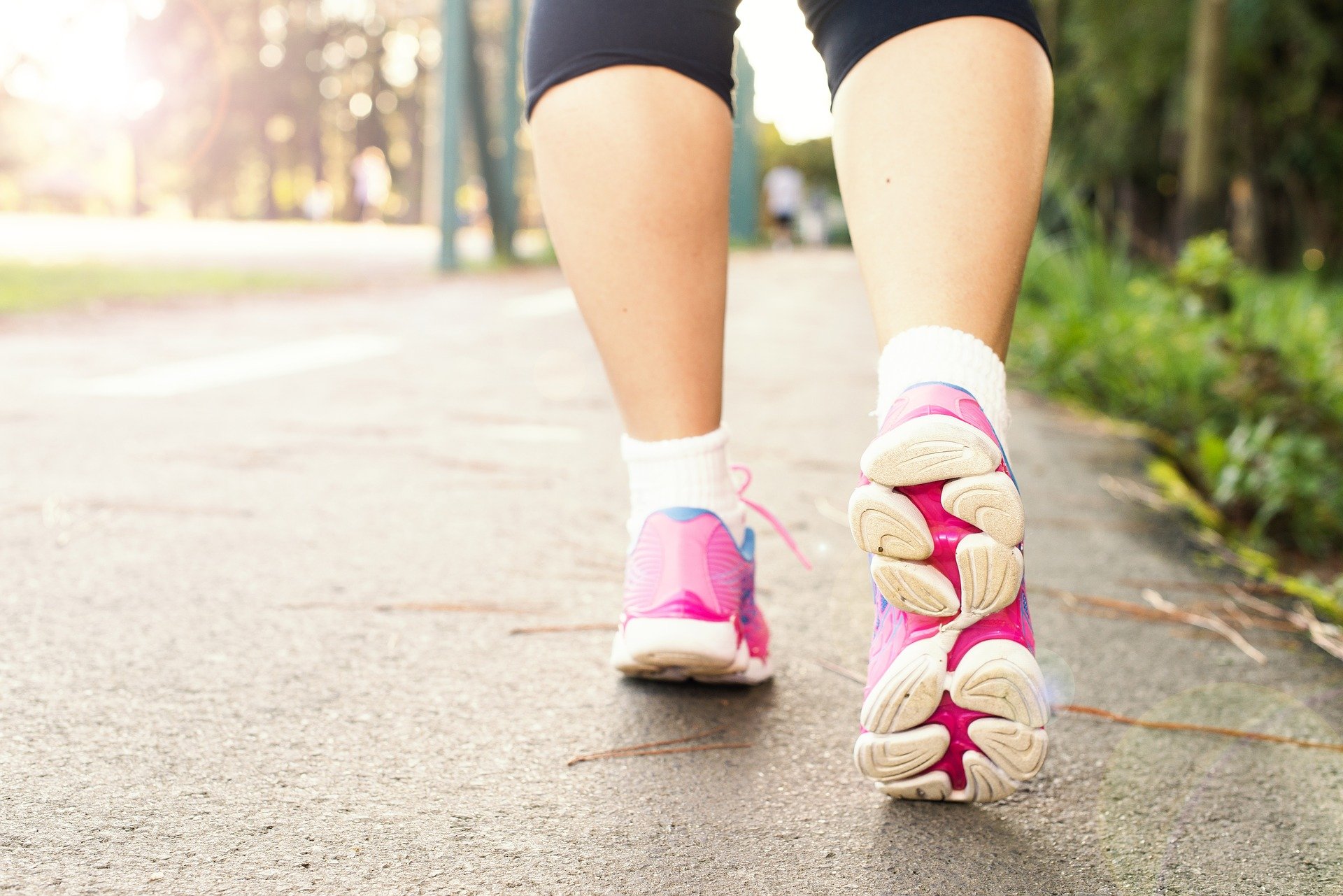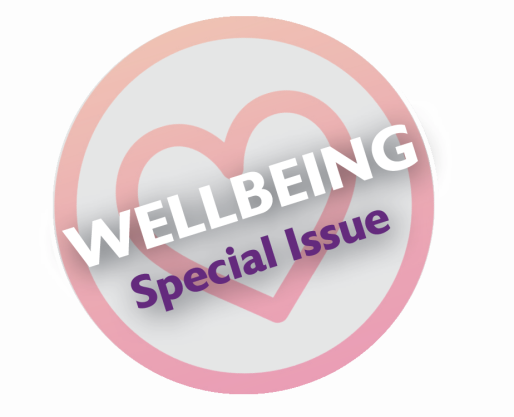Do we look after ourselves in the same way we look after those in our care? The pandemic has changed how we work, but this could be an opportunity to review and update our self-care.

The COVID-19 pandemic has affected everyone across the world and impacted all aspects of life. We have seen the impact on our patients with many emerging from lockdown with deconditioning, anxiety about returning to 'normal' life (whatever that might look like) and, in many cases, presenting with more troublesome symptoms and complex problems that otherwise might have been expected.
Whether we work in frontline health and care services, management roles or in academia, we have all had to change our working practice to embrace different ways of working. Changes may include a return to the acute setting, 12 hour shifts, wearing PPE, video and telephone appointments, working from home, as well as (what feels like) endless Teams or Zoom meetings. Many organisations have created support links for staff which focus on their mental wellbeing, but far fewer have emphasised physical health needs.
Sitting is the new smoking
While remote care can have many advantages for older people and health and care staff, there are drawbacks for staff who may find themselves spending more of their day being sedentary due to a need to be in front of a computer screen or by a telephone. Some healthcare organisations are arranging back-to-back remote clinics for staff which last for up to four hours per session with no opportunity for breaks away from the desk. This can result in issues such as joint problems or changes to eyesight, can be mentally draining, and cause muscle loss through increased sedentary behaviour – in essence, we are deconditioning ourselves. Our bodies aren’t designed for long periods of sitting, we are designed to move. We promote #MakeMovementYourMission and #EndPJparalysis to encourage older people and our patients to be more active during the day, but we need to look to ourselves and #MoveMoreSitLess.
As an academic, I spend a lot of time in front of the computer and this has just increased over the past 16 months. Being at home rather than on campus means that I’m not breaking up my day walking to different meeting rooms, or popping to chat to colleagues. I’m just sitting down for up to 10 hours and barely moving. After advice from a colleague, I’ve started blocking out ‘wellbeing’ time every lunchtime in my diary. I stop and have lunch and take the dogs for a short walk. It also seems to have reduced meeting requests around that time and I don’t feel bad about saying no to meetings when it means I don’t get a break. I’ve also joined a community group in my village who look after the public green spaces. I’ve been involved in laying paths, weeding and planting flower beds. It’s been a good motivation to get outside and be more active and the community spirit is a real boost." - Vicki Goodwin
Being more active outside of work
We are all aware of how important it is to advise patients of being active, so what can we do to help ourselves practice what we preach and challenge ourselves in order to maintain or improve our own physical and mental health? Even though many staff are physically active in doing their job, accruing >10,000 steps a day, they may also benefit from activity and exercise that focuses on their own wellbeing and physical health. We often deprioritise exercise as we are too exhausted to keep fit, strong and flexible. Identifying time to do this is a kindness to ourselves. We all know what to do to keep physically active but ring-fencing time to do this outside of work is key.
Being outdoors and engaging with the natural environment has been shown to have great benefits for our wellbeing. Whether it is walking the dog through the park, running by the river, gardening, yoga in the garden, or wild swimming – it doesn’t matter. As well as the physical benefits, being mindful of your surroundings, the sights, sounds, sensations and smells, can have a calming effect and can help revitalise and refocus you, even for a short time.
After a relentless 18 months, many health and care staff are experiencing burnout, and it is important to recognise when you need to revaluate your coping strategies. After working in the COVID landscape, it isn’t unusual for people to present with PTSD type symptoms, commonly as a result of working directly with patients with COVID, high death rates, and redeployment to unfamiliar areas. We are coming out of a battle zone and entering the next battle of restoring services. For me, my usual wellbeing activities (walking the dogs, running, being in nature) no longer had the desired effect of boosting my mood and reducing stress. I just carried on working harder, trying harder but then reached a point when the hardest part came – recognising I needed help. The second hardest part was asking for it! Some employers are better than others at providing support for staff, but there are sources of help available if you look for them. My employers have an excellent and skilled consultant psychologist focussing on staff health." - Vicky Johnston
Conclusion
Looking after our physical health has benefits to our mental health and wellbeing. However, often the reality is finding the energy and time to look after ourselves can be difficult. We have shared some of our personal experiences and curated some resources that will hopefully inspire and motivate those of you who are struggling to look after your physical health to identify some small changes that you can make. We must take care of ourselves to ensure we can effectively care for others. In principle, this means putting on your own oxygen mask first before helping others with theirs.
Useful resources
The following resources may be of use to help you take control of your wellbeing in and out of work. Please email editor@bgs.org.uk if you would like to suggest something to add to this list.
- Why sitting down destroys us
- Workstation set up
- Display screen assessment workstation checklist
- Managing time
- Structured meeting app
- Desk-based exercises
- NHS Fitness studio exercise videos
- Getting more active
- Nature and health
- Dog walking - walk a neighbour’s dog, or volunteer for the Cinnamon Trust


